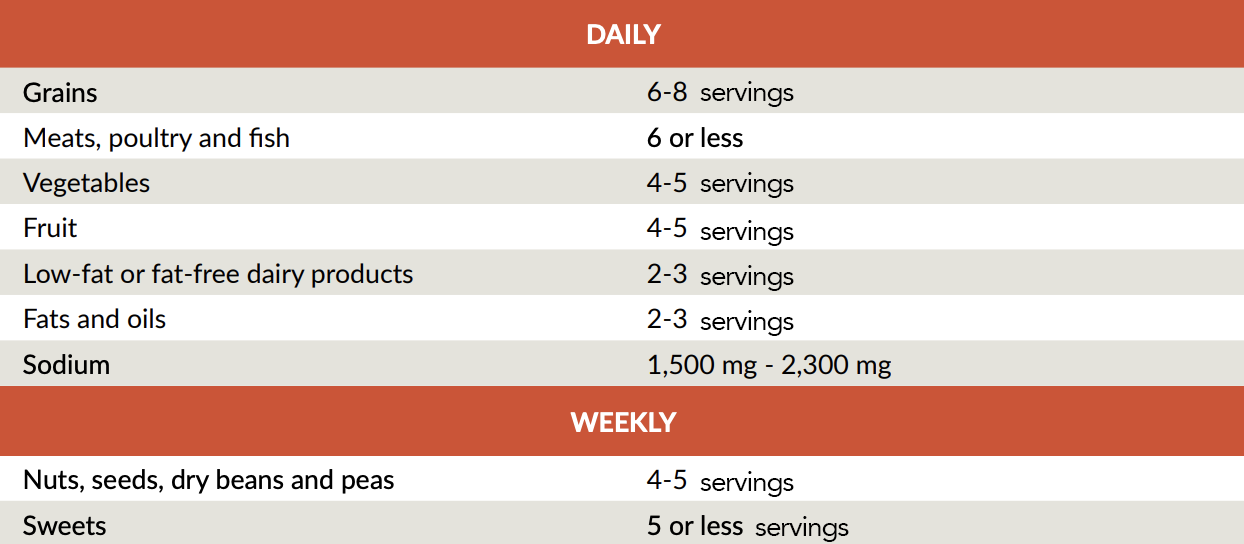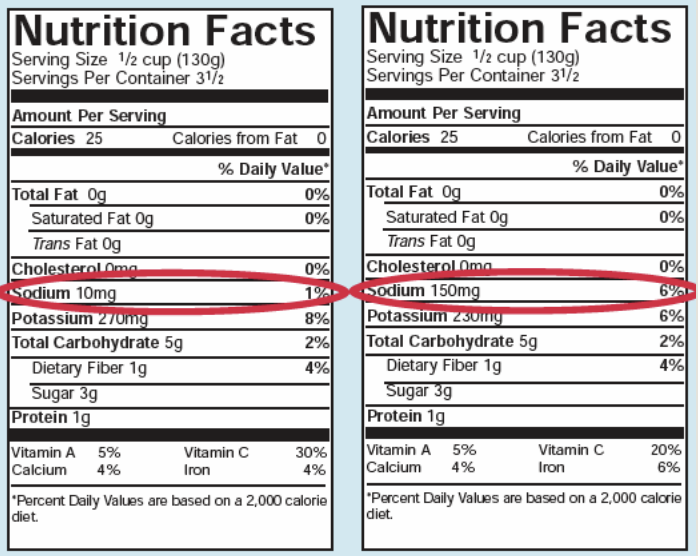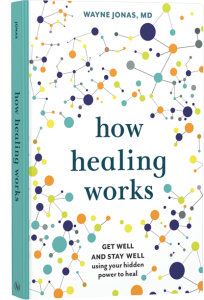Making changes to your diet is a proven way to help control high blood pressure. These changes can also help you lose weight and lower your chance of heart disease and stroke.
High blood pressure (hypertension) is the largest preventable and treatable risk factor for chronic disease in the world. More than 85 million people (1 in 3 adults) in the United States and more than 1 billion (40% of adults) in the world have hypertension. It is a major risk factor for stroke, heart attack, heart failure, and kidney failure. However, because it rarely produces symptoms, many people don’t know they have it, while many who have it do not control it adequately.
Adapting the DASH Diet
Hundreds of studies attest to the significant benefits of diet on blood pressure. The Dietary Approaches to Stop Hypertension (DASH) diet is the most tested and practical of the dietary approaches. It’s not really a diet, per se, but a way of eating specifically designed for those with hypertension. While similar to any form of healthy eating, it also includes a greater emphasis on magnesium and calcium, both of which have been shown to reduce blood pressure, as well as reduce sodium. It requires no special foods, just meeting daily and weekly nutritional goals. The plan recommends:
• Eating vegetables, fruits, and whole grains
• Including fat-free or low-fat dairy products, fish, poultry, beans, nuts, and vegetable oils
• Limiting foods that are high in saturated fat, such as fatty meats, full-fat dairy products and tropical oils such as coconut, palm kernel, and palm oils
• Limiting sugar-sweetened beverages and sweets
Oh, and cut back on the alcohol. Heavy drinking is a known risk factor for high blood pressure.
This is what you’d eat if you if you were eating 2,000 calories a day on the DASH diet.

What About Salt?
We used to consider sodium the “bad boy” in hypertension and order a salt-free diet. And it’s true that certain people are genetically sensitive to salt. However, the majority of us are not. So should you cut out salt? The research is mixed. But what is clear is that the average American consumes far too much sodium anyway – a daily average of 3,400 milligrams, most of it from processed foods.

Don’t believe me? Take a look at the sodium in the nutrition facts of low salt versus regular canned tomatoes. Even your breakfast cereal has added salt, so beware of hidden salt! Make sure you read the labels if you have high blood pressure! Reducing sodium consumption to 2,300 milligrams a day could lead to 11 million fewer people with hypertension and save more than $18 billion a year in health care costs. Those whose blood pressure is under control or normal do not need to eliminate salt.
Your health care provider can refer you to a dietitian who can help you create a healthy meal plan. Next time you see your doctor, ask what your blood pressure target is. Your target will be based on your risk factors and other medical problems.
For more information, download my guide to Managing Hypertension Beyond Medication.
 Take Your Health Into Your Own Hands
Take Your Health Into Your Own Hands
Drawing on 40 years of research and patient care, Dr. Wayne Jonas explains how 80 percent of healing occurs organically and how to activate the healing process.

